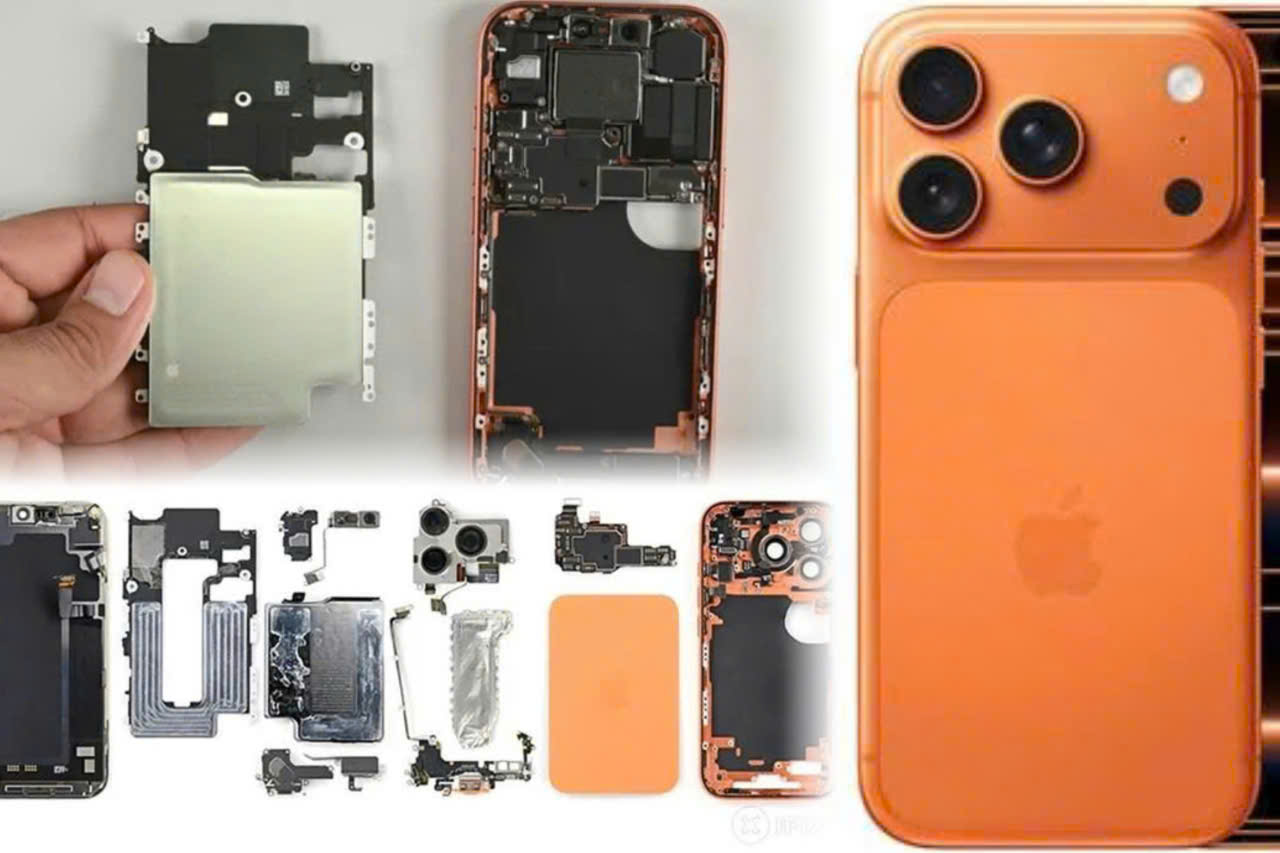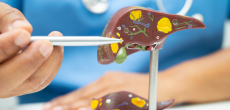Zing Muse – Discover the truth behind the iPhone 17 Pro: glamorous on the outside but hiding repair challenges, scratch issues, and tricky design details users should beware of.
iPhone 17 Pro – Beautiful but Not “Perfect”
Apple always knows how to make its new iPhone the center of attention every fall, and the iPhone 17 Pro is no exception. With its premium design, polished edges, and luxurious color palette, the device immediately attracts tech enthusiasts.
However, according to a recent iFixit teardown, what lies inside the iPhone 17 Pro is not as dazzling as its exterior. In fact, some of Apple’s design decisions make repairs more complicated and potentially problematic for users.
A “Difficult” Design – Apple Removes Dual-Sided Repair Access
One of the most striking findings is that Apple has completely removed the dual-sided repair system used in previous models. This change makes opening the phone and replacing components more complex, driving up both repair time and costs.
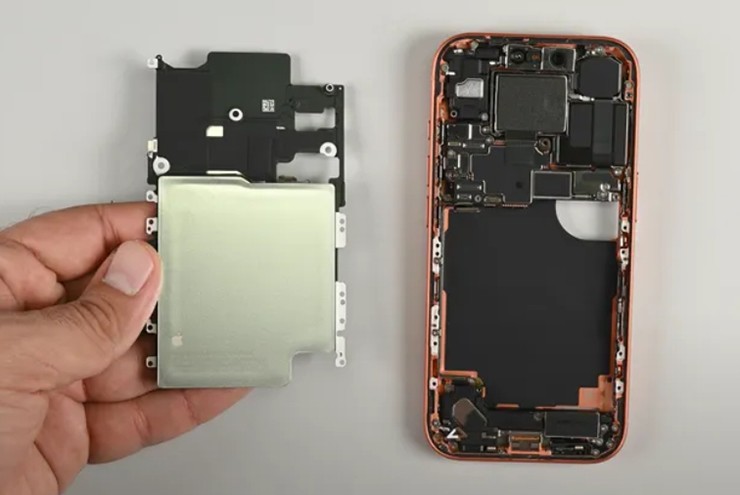
New Screw Setup – A Small Concession?
In the past, Apple often relied on proprietary screws that frustrated repair shops. But with the iPhone 17 Pro, Apple introduced a new mix of Torx Plus, Phillips, and tri-point screws.
This shift is seen as Apple’s response to the growing Right to Repair movement. Still, it’s not enough to make the iPhone 17 Pro truly repair-friendly for independent technicians.
Inside Technology: Vapor Chamber Cooling and Its Limits
Apple equipped the iPhone 17 Pro with a vapor chamber cooling system placed directly above the A19 Pro chip. While this helps reduce heat during heavy workloads, the chamber is relatively small compared to rivals like the Galaxy S25 Ultra.
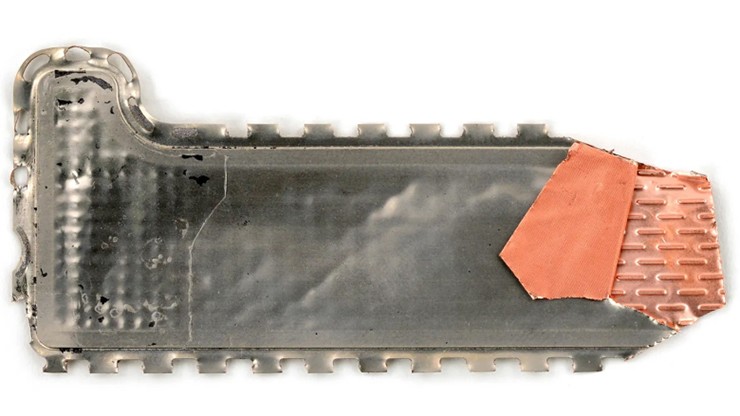
Interestingly, the rumored 3D-printed titanium USB-C port did not appear; instead, Apple stuck with a mostly plastic connector.
“Scratchgate” Returns – Softer Anodized Aluminum
Perhaps the most disappointing revelation is the poor scratch resistance of the device. According to iFixit, the anodized aluminum coating of the iPhone 17 Pro scratches easily, especially around the edges and camera housing where the finish is uneven.

Apple previously used titanium oxide in the iPhone 16 Pro Max for extra durability, but with the iPhone 17 Pro, the anodized aluminum does not provide the same level of protection. For many users, this means a protective case is a must-have.
Repairability Score: 7/10 – A Mixed Bag
After the teardown, iFixit gave the iPhone 17 Pro a 7/10 repairability score.
-
Pros: fewer proprietary screws, slightly easier access to some parts.
-
Cons: no more dual-sided repair system, and the internal structure is still challenging, leading to higher repair costs.
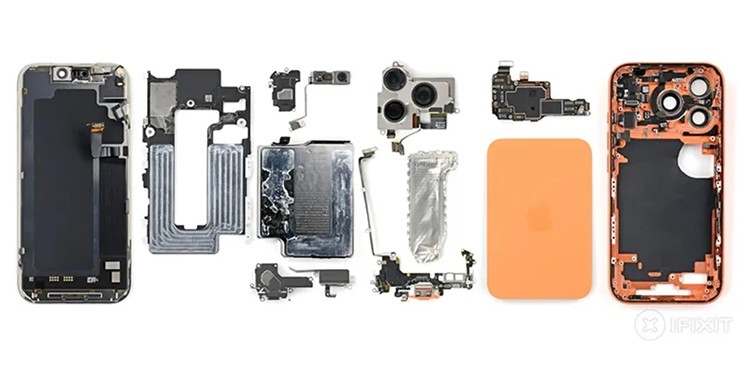
What Should Users Do?
-
Always use a case and screen protector to minimize scratches.
-
Avoid DIY repairs unless you have professional skills; the design is unforgiving.
-
Choose trusted repair centers that use genuine parts and understand the iPhone 17 Pro’s updated structure.
The iPhone 17 Pro remains a technological masterpiece, combining sleek design with powerful performance. Yet, behind the glossy surface lie challenges in durability and repairability that users can’t ignore.
In short, luxury doesn’t equal perfection – and the iPhone 17 Pro is the clearest proof of that.
Linda (iFixit)

